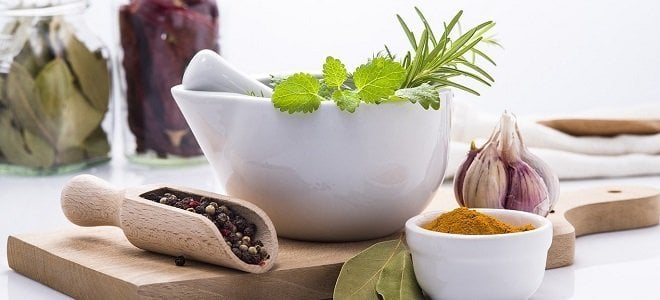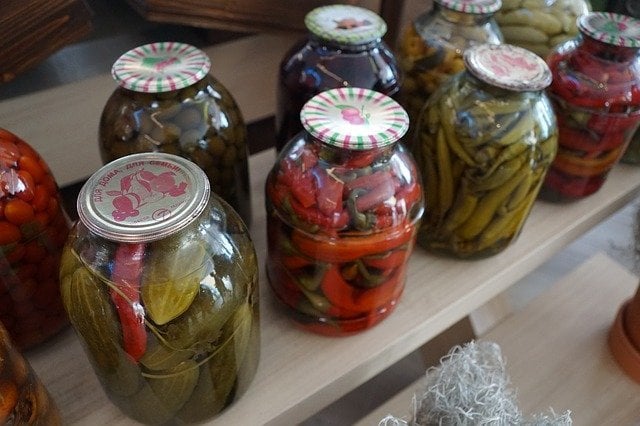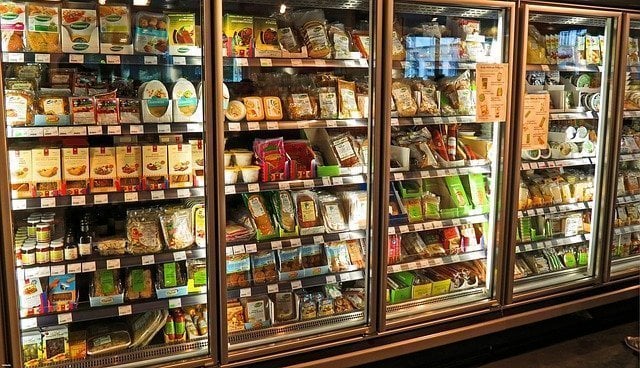
Healthy Kitchen, Healthy You?
Many of us eat like crap and it usually starts at home! If weight loss occurs in the kitchen, shouldn’t your kitchen be healthy and help set you up for success? That’s why we went out and got two seriously amazing experts to give us their tips for creating a healthy kitchen.
Creating a Healthy Kitchen
We’re all trying to become the healthiest versions of ourselves. We work out regularly, balance the stress in our lives, and eat well-planned, Instagram-archived meals… How’s that working for you?
Meal organization is less than perfect? If planning and organizing meals are where you need some support you are not alone.
Many of us find ourselves without a good game plan for our healthy eating lifestyle. The first place to start is the kitchen, of course.
Healthy Kitchen: The Pantry
Take a look into your dry food storage. Are there things in there that are going to make you feel crummy if you eat them? Trash them! The ideal pantry contains only food items and ingredients that contribute to your healthy lifestyle staples like olive oil, vinegar, and health-supportive herbs and spices are best stored in a cool, dark pantry.
 Stock up on canned foods such as tomatoes, beans, coconut milk, low sodium broth, and ocean-friendly seafood (go to seafoodwatch.org for recommendations).
Stock up on canned foods such as tomatoes, beans, coconut milk, low sodium broth, and ocean-friendly seafood (go to seafoodwatch.org for recommendations).
Select whole grains, and pasta, bread, and crackers made from whole grains.
Swap out the potato chips and day-glow orange snacks for healthy snacks like dehydrated vegetable chips, seaweed snacks, dried fruit, popcorn, and roasted chickpeas.
Superfoods like chia seeds, cacao nibs, and goji berries can be stored in glass jars ready to add to smoothies or overnight oatmeal.
Healthy Kitchen: The Fridge
Cleanse the refrigerator of anything green or fuzzy as well as any high sugar drinks, syrups, and processed foods.
Have eggs and Greek yogurt on hand for your protein and probiotics.
Replace sodas and sweetened fruit juices with filtered water, sparkling water, and coconut water to keep you hydrated.
The produce drawers should be well-stocked with mostly fresh vegetables and some fruit, enough to last 3 or 4 days. You’ll be hitting these bins all day long to add spinach to eggs, carrots, and squash to soup, and broccoli to any stir-fried noodles recipe.
Chop and slice some veggies and fruit to store in containers for snacking or tossing into a quick salad or sauté.
The refrigerator provides the best storage temperature for your nuts, nut flours, and some nut butters and oils to prevent them from becoming rancid.
Healthy Kitchen: The Freezer
 Stock up on frozen vegetables. They’re just as nutritious as fresh! Stash some frozen fruit here for smoothies and yogurt parfaits.
Stock up on frozen vegetables. They’re just as nutritious as fresh! Stash some frozen fruit here for smoothies and yogurt parfaits.
Trade dairy ice cream for a coconut milk-based frozen treat.
Do you have some bananas, peaches, or kale that are almost ready to expire? Don’t throw them out yet! Chop, dump into freezer bags, and use in smoothies or soups.
Marinate and freeze serving-size portions of lean proteins, like chicken or fish, to have on hand for a quick meal.
Optional but Very Helpful Kitchen Equipment
Put these items on your wish list to get the job done: glass containers for batch-cooking or leftovers that become lunch for the next day, mason jars for salads or storage, a crockpot for low maintenance meals, a blender for smoothies, soups, and sauces, a food processor for making healthy things, maybe even a spiralizer for nourishing veggie noodles.
Wrap-Up
When this task is complete walking into your kitchen to prepare a meal or snack will be an easy button instead of a minefield.
- Recipe: How to Make Carrot Cake Pancakes - December 7, 2023
- Recipe: Spring Vegetable Soup - March 22, 2021
- Recipe: Peach Maca Soft Ice Cream - January 17, 2021


